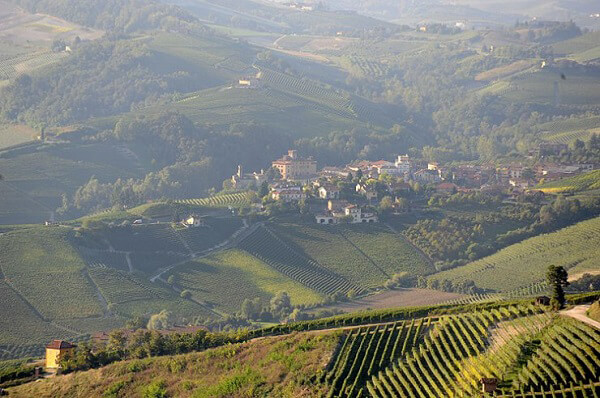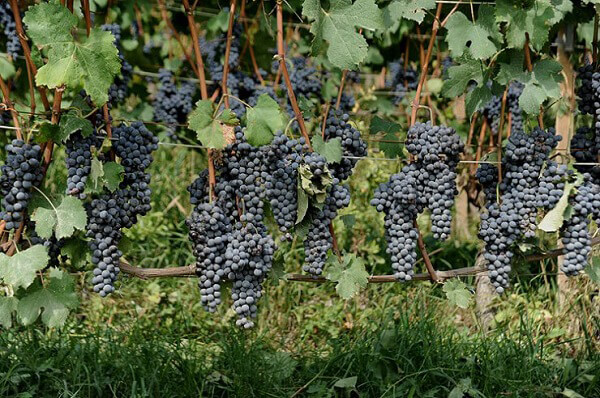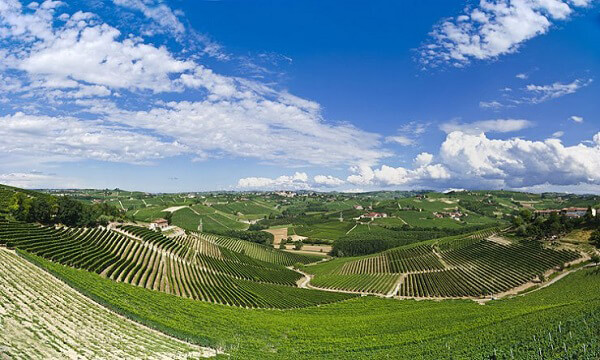Breathtakingly beautiful landscapes stretch across Piedmont, one of Italy’s wine-growing regions and a UNESCO World Heritage Site. The oenological heart beats in the Langhe-Roero and Monferrato area. The site stretches along gentle hills covered in vineyards as far as the eye can see, interspersed with small hilltop villages and fine medieval castles, where for centuries viticulture has been at the heart of economic and social life.
Discovering the Langhe
The Langa del Barolo area, one of Piedmont’s oenological products of consolidated international prestige, presents numerous wine sites relating to the entire production chain, including wineries of historic foundation, such as the Fontanafredda estates, which belonged to the Royal House of Savoy, and the properties of the Falletti family of Barolo.
The Langhe is characterised by calcareous and white soils, that are sometimes morainic. The Helvetian soil produces more robust wines that are rich in tannin and suitable for ageing, while the Tortonian soil is more suitable for growing perfumed, elegant and velvety wines that are ready to drink earlier. A look to the hillier areas will find vines of Nebbiolo dominating the landscape.
Nearby is the Monferrato region, divided by the Tanaro river into Basso Monferrato to the north and Alto Monferrato to the south. Its clay soils produce white wines such as Cortese and Chardonnay, red wines such as Grignolino, Dolcetto, Freisa and Barbera, and aromatic wines like Brachetto, Malvasie and Moscati. Between Monferrato and the Oltrepò Pavese lie the Colline Tortonesi, whose compact clay soil, sometimes tuffaceous, is ideal for the production of Barbera and Cortese, while in the Roero area, which includes 23 municipalities in the Cuneo area and Cisterna d’Asti, Arneis, Nebbiolo and Barbera are grown.
Not far from Monferrato are the hills around Turin, where Fresia and Malvasie vines are grown. Moving on to the Novara Hills, we find a particularly acidic soil, rich in iron and poor in limestone, ideal for growing Nebbiolo grapes, locally known as Spanna. Nebbiolo is also found in the area of Gattinara, in the province of Vercelli, and in Canavese, on the border with Valle d’Aosta, areas where these renowned grapes take on autochthonous characteristics.



